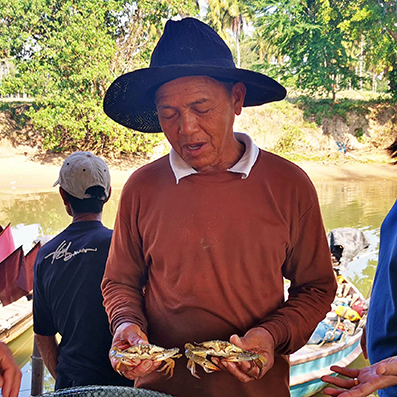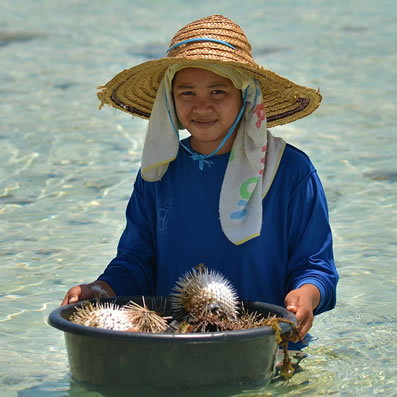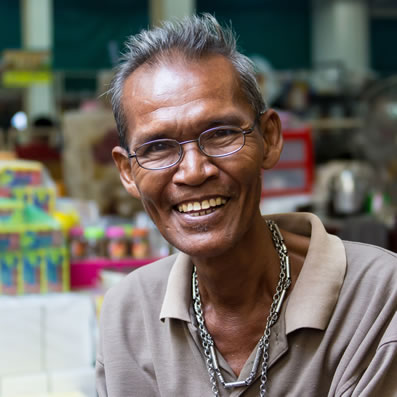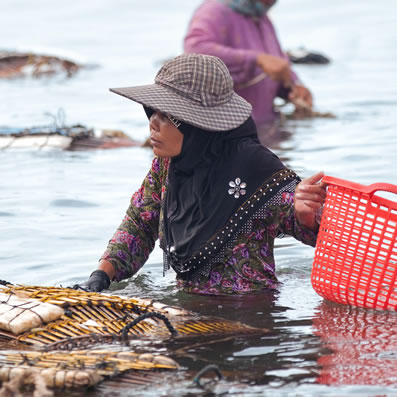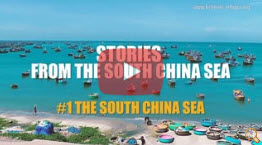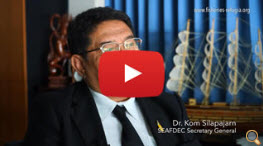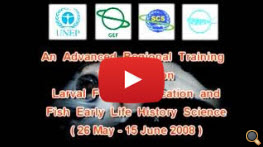THE SOUTH CHINA SEA FISHERIES REFUGIA INITIATIVE
FISHERIES REFUGIA PROJECT SITES
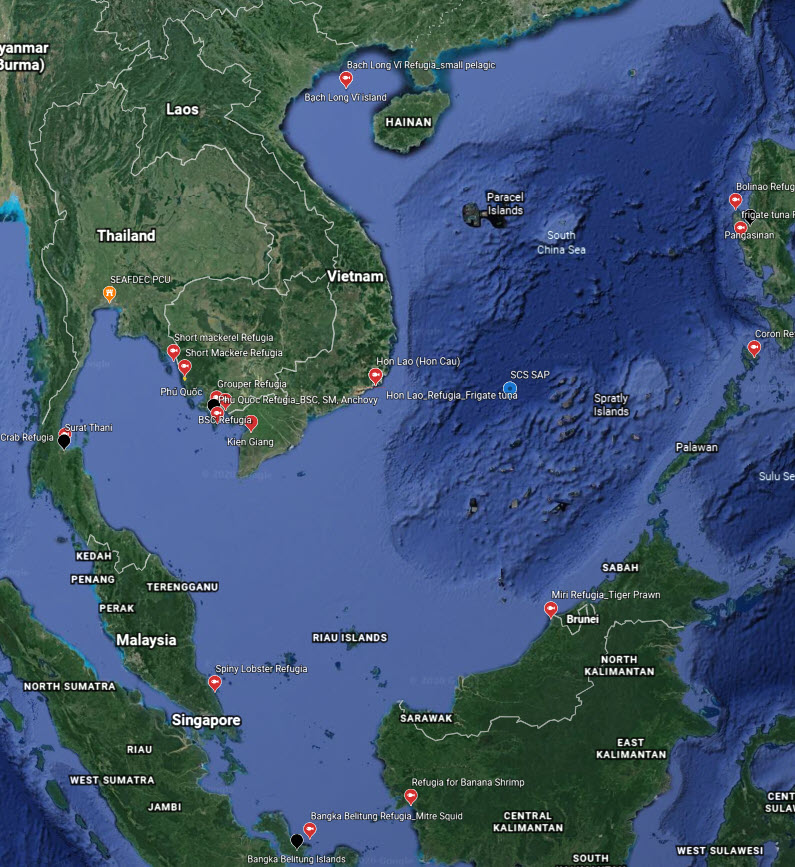 Click Here for
Click Here for More
Information
SCS SAP PRIORITY SITES (Habitat Linkages)
 All SCS SAP and
All SCS SAP and Fisheries Refugia
Priority Sites CHINA HABITAT
SITES CAMBODIA HABITAT
SITES INDONESIA HABITAT
SITES PHILIPPINES HABITAT
SITES THAILAND HABITAT
SITES VIET NAM HABITAT
SITES
Meet our Stakeholders
Social Media
Social Media
Best Practices of the Fisheries Refugia Project – Philippines
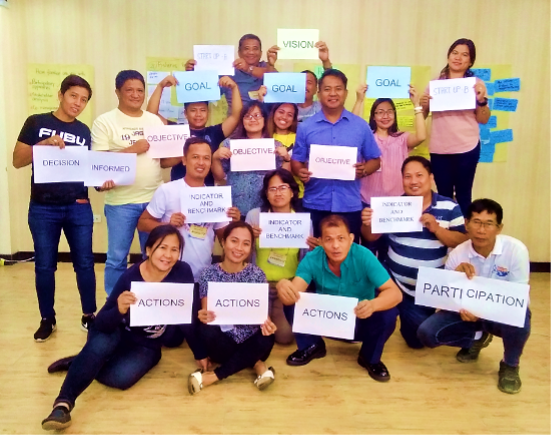 |
Photo: NFRDI, the Philippines
The South China Sea is a global center of shallow-water marine biological diversity, supporting a significant world fishery that is important to food security and as a source of export income for, Southeast Asian countries. Landings from this area contribute approximately 10 percent of reported global fisheries production per annum. In the Philippines, the SCS sub-region is among the most important fishing areas in the country as the volume of fish caught from this area of the archipelagoes is thought to contribute up to 20 percent of total annual fisheries production in the country, which employs roughly 5-6 million people.
The decadal rates of decline in a total area of critical habitats such as seagrass, coral reefs, and mangroves are currently estimated at 30%, 16%, and 16%, respectively. Fishing contributes to the loss and degradation of seagrass and coral reefs habitats. The national-level activities of this project in the Philippines will make a significant contribution to the enhancement of the scientific, institutional, and policy basis required to reduce the rates of loss of globally essential habitats and biodiversity due to fishing.
The focus of the refugia is to identify and designate priority areas where the integration of fisheries and habitat management can be applied. The fisheries refugia concept emphasizes the quality of the different habitats and their essential function in the life-cycle of the other fished species. Fisheries refugia address recruitment overfishing and growth overfishing and protecting the habitat. Thus, refugia's protection and management efforts are on the habitat and fish resources and not just to declare close fishing either temporally or spatially of a particular fishing grounds for other purposes.
Identifying priority fisheries refugia in the Philippines was done by reviewing the list of sites about the distribution and abundance of fish eggs and larvae based on studies and information conducted in the South China Sea and through workshop consultations. Through a series of stakeholder consultations, three priority sites were agreed to be included in the regional system of fisheries refugia. The final priority fisheries refugia sites selected for the Philippines are as follows:
- Bolinao, Pangasisnan
- Masinloc Zambales
- Coron, Palawan
Highlights of the Sixth Ad-hoc Meeting of the Project Steering Committee
 |
@ updated 13 December 2021
The Sixth Ad-hoc Meeting of the Project Steering Committee, a regular regional meeting under the SEAFDEC/UNEP/GEF Project on Establishment and Operation of a Regional System of Fisheries Refugia in the South China Sea and the Gulf of Thailand, was organized via the Zoom platform on 30 November 2021. The main objectives of the meeting are to discuss the 3rd Budget Revision as of 30 September 2021 and finalize the costed work plans for 2022. In addition, the project steering committee will finalize the audit firms for the financial statement audit for 2021 and 2022. Twenty participants from 6 participating countries, including SEAFDEC senior officers, and the PCU staff, attended the meeting. Mr. Nguyen Thanh Binh, the national focal point of Viet Nam, concurrently a chairperson of the Project Steering Committee for 2021, led the discussion with support from the meeting secretariat, Dr. Somboon Siriraksophon.
Improve the understanding among stakeholders of the ecosystem approach for establishment and management of fisheries Refugia in the Philippines

@SEAFDEC/PCU |
Effective fisheries management has always been a challenge, especially in complex multi-species, multi-gear fisheries. Traditional stock-based approaches have been mainly practical, with management measures often not taking other essential aspects of the fishing into account. As fisheries have declined over the past 30 years, the need for more effective and equitable management is increasingly evident in the Philippines.
The ecosystem approach offers practical and effective means to manage fisheries more historically. It represents a move away from fisheries management that focuses on target species towards systems and decision-making processes that balance environmental,
Improve the understanding among stakeholders of the ecosystem approach for establishment and management of fisheries Refugia in the Philippines

@SEAFDEC/PCU |
Effective fisheries management has always been a challenge, especially in complex multi-species, multi-gear fisheries. Traditional stock-based approaches have been mainly practical, with management measures often not taking other essential aspects of the fishing into account. As fisheries have declined over the past 30 years, the need for more effective and equitable management is increasingly evident in the Philippines.
The ecosystem approach offers practical and effective means to manage fisheries more historically. It represents a move away from fisheries management that focuses on target species towards systems and decision-making processes that balance environmental,
Final Round Discussion Among Experts for Setting the Spiny Lobster and Tiger Prawn Refugia in Malaysia
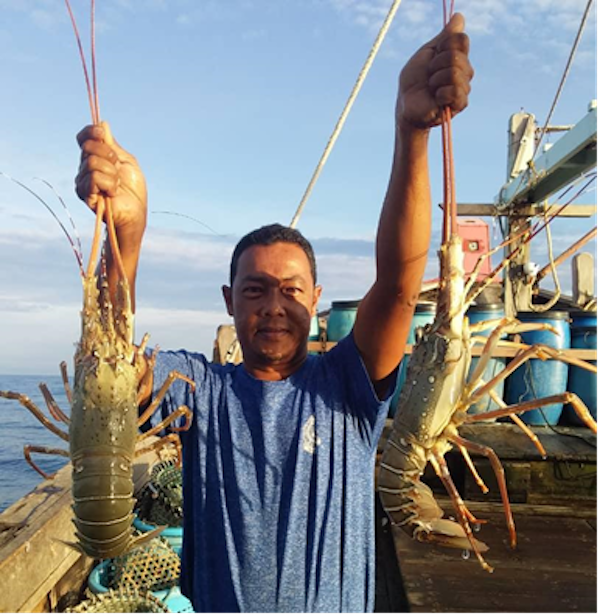 Photo: DOF/Malaysia |
Department of Fisheries Malaysia (DOF) organized a mini-seminar on establishing fisheries refugia for lobster in Tanjung Leman, Johor, and tiger prawn in Kuala Baram, Sarawak, from 30 March to 2 April 2021. The seminar was attended by 25 participants physically and virtually from fisheries research institutions, universities, marine parks, SEAFDEC/MFRDMD, and headquarters' senior officers (Appendix 1).
Southeast Asia: Fish Bank of the World : GEF-UNEP/SEAFDEC Fisheries Refugia Project
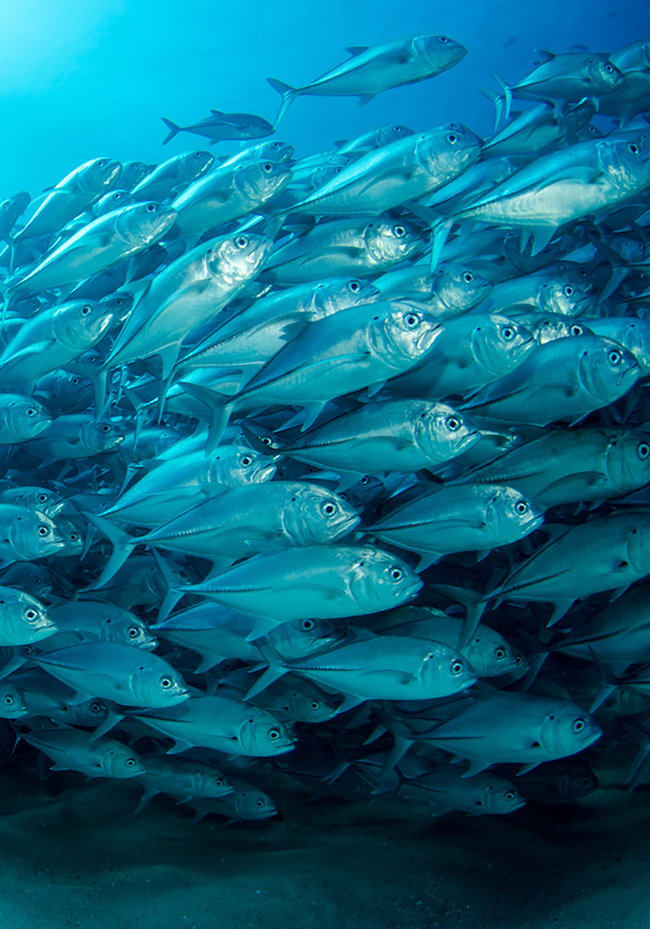 Photo: Credit to EARTH.COM (Rory Arnold) |
The Southeast Asian region is bounded by two oceans between Indian Ocean on the west and the Pacific and also is located by major rivers, lakes, and seas where created the region’s aquatic ecosystems diversity and supply direct and indirect food of the world. The Southeast Asian region has been playing significant role in providing fish and fishery products to the global food fish supply. In the State of World Fisheries and Aquaculture 2020 (SOFIA 2020), FAO estimated that the global fishery production in 2018 was about 179 million tonnes (t) valued at USD 401 billion. Of this total, the Southeast Asian region contributed 46.53 million t or approximately 26.0%, valued at USD 51.80 billion or approximately 13% of the total value of the global fishery production. Based SEAFDEC Fishery Statistical Bulletin 2018 (SEAFDEC, 2020), fisheries production of Southeast Asia comes from three sub-sectors: marine capture fisheries, inland capture fisheries, and aquaculture. While aquaculture contributed about 54.0% of the region’s total fisheries production in terms of quantity in 2018, marine capture fisheries accounted for 39.0% and inland capture fisheries at 7.0%. In terms of value about 38.0% was contributed by aquaculture, 54.0% by marine capture fisheries, and 8.0 % by inland capture fisheries (Table 1). The tuna groups have been the most economically important marine species in terms of production value, and ranked the highest in value accounting for about 14.57% of the total production value in 2018
Table 1 Fisheries productions of the Southeast Asia (by sub-sector): Quantity (Q) in million metric tons and Value (V) in billion US$

Data supplied by the Fishery Statistical Bulletin of Southeast Asia 2018. Credit SEAFDEC 2020
The Fifth Meeting of the Project Steering Committee
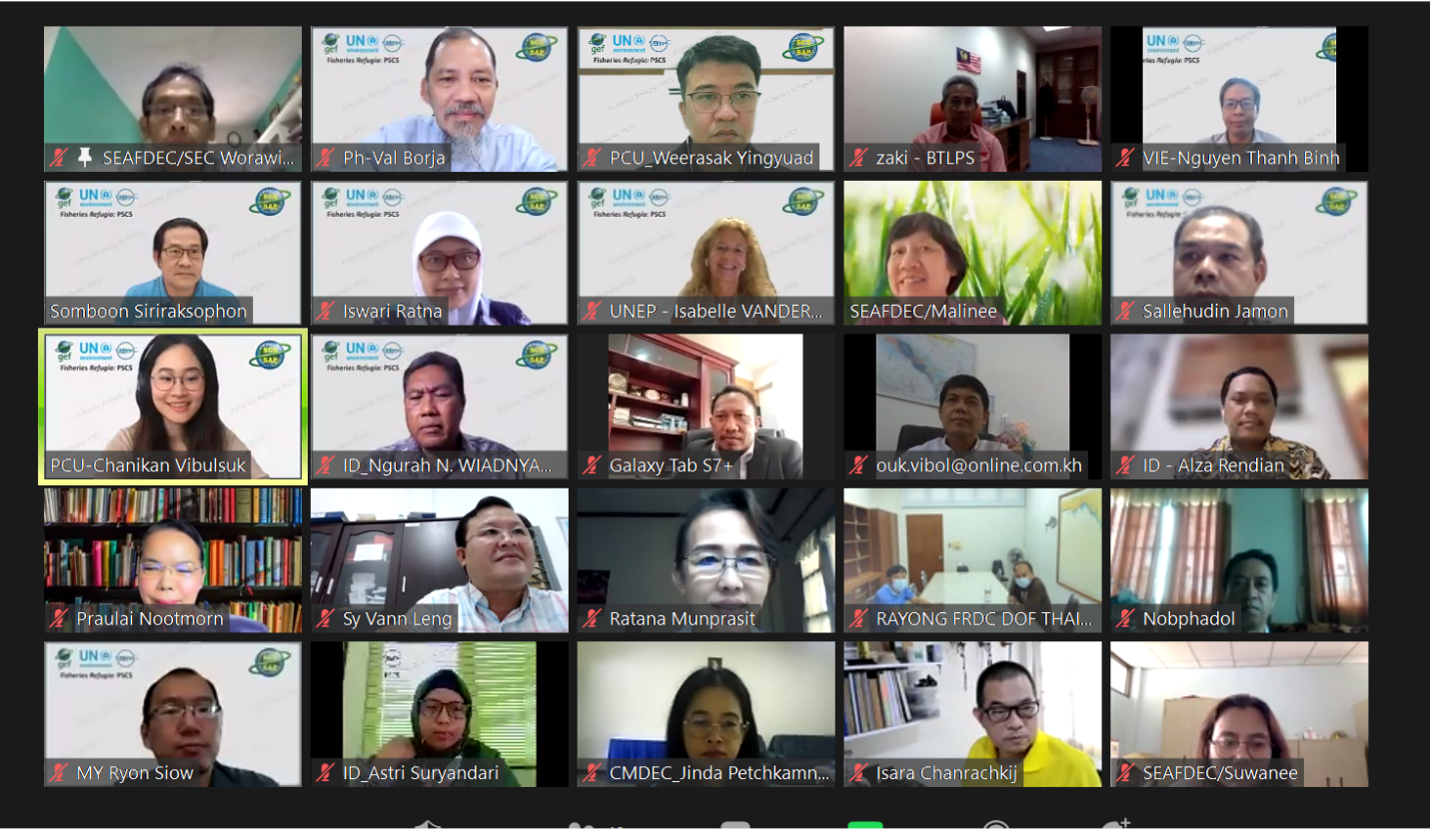 |
The Project Coordinating Unit (PCU) of the Fisheries Refugia organized the 5th Project Steering Committee (PSC5) Meeting on 3 September 2021 to update the work progress, including policy decisions to support the project’s implementation, financial and budget plan for 2022. The meeting is a virtual meeting via Zoom Platform. Fifty-seven participants from 6 participating countries, including SEAFDEC senior officers, project Task Manager from UNEP, and the PCU staff, attended the meeting.
Mr. Nguyen Thanh Binh, the national focal point of Viet Nam, was elected as a new chairperson, and Mrs. Iswari Ratna Astuti, the national focal point of Indonesia, was the vice-chairperson for this PSC5 meeting. Mr. Ngurah N. Wiadnyana, the chairperson of the Fourth Meeting of the Scientific and Technical Committee (RSTC4), presented the highlight of the RSTC4 Report. The project achievements were highlight please Click here .
UNWOD2021
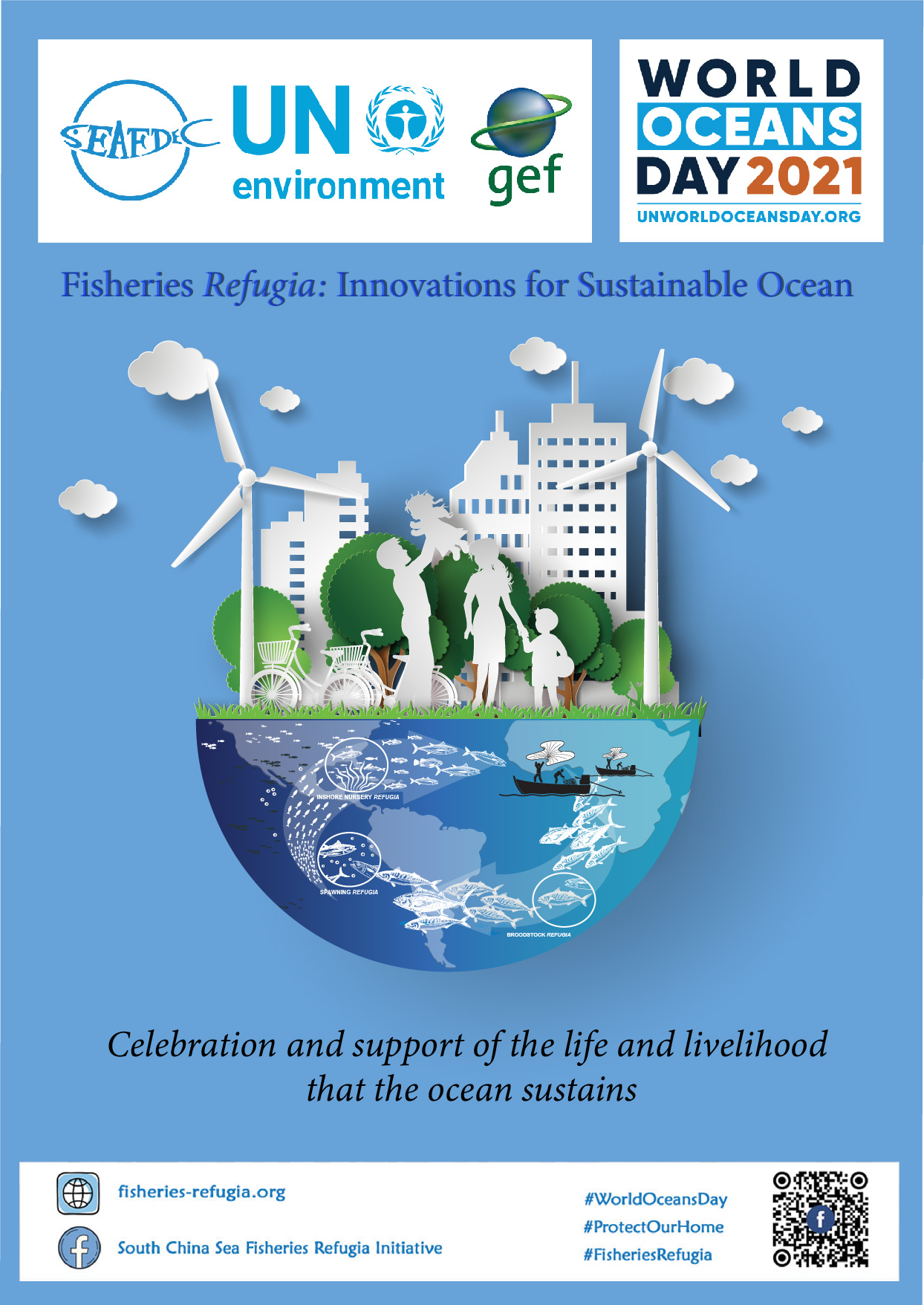 |
INTEGRATED COASTAL ZONE MANAGEMENT (ICZM) IN THE CONTEXT OF FISHERIES REFUGIA APPROACH
Figure: Credit to SDF/Thailand
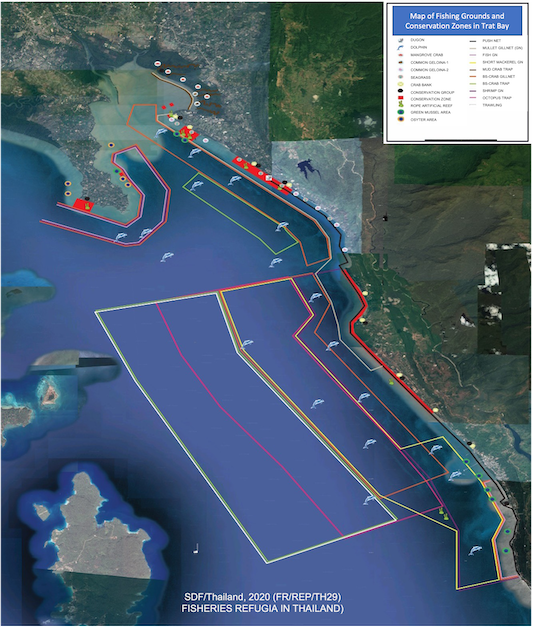 |
Fisheries Refugia (FR) is a novel fisheries resources management approach to the identification and designation of priority areas in which to integrate fisheries and habitat management in the context of maintaining fish stock and critical habitats as satisfying the fishing community, social needs now and futures. The approach needs a good platform for building partnerships, enhancing communication and engagement of stakeholders, finding local and scientific-based knowledge, and put in place an effective integration of fisheries and habitat management. In some cases, the management of FR may include the transboundary fish stock or shared stocks issues in which cooperation among relevant states is needed to take into accounts.
